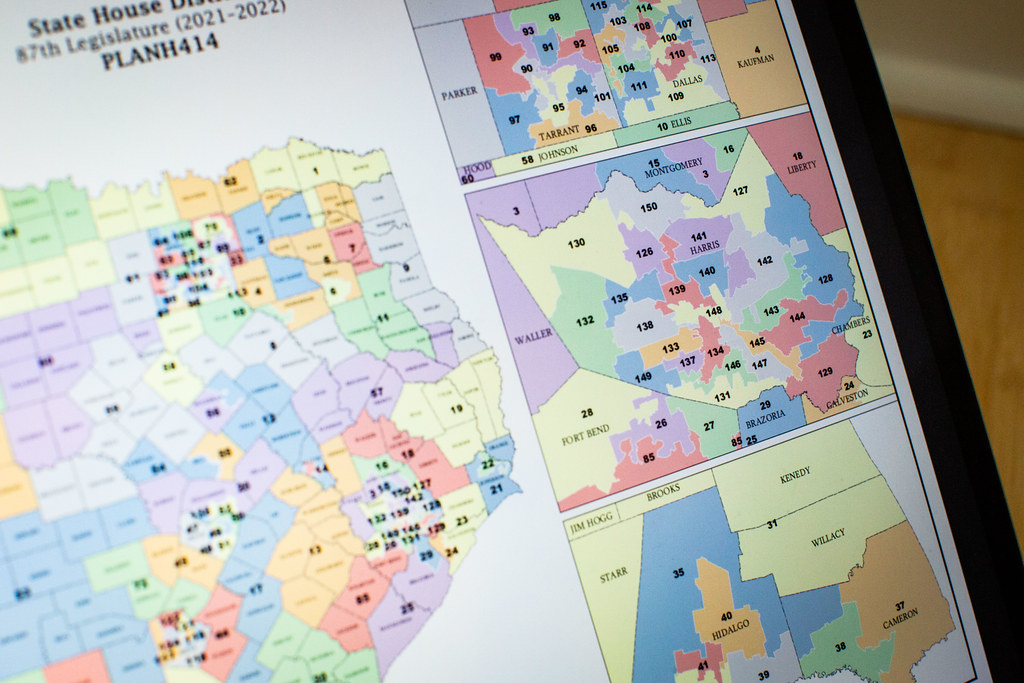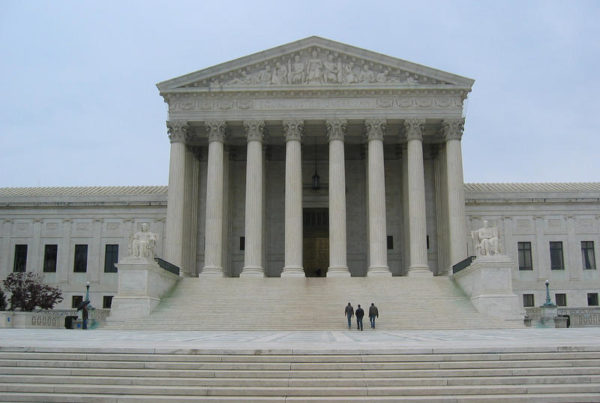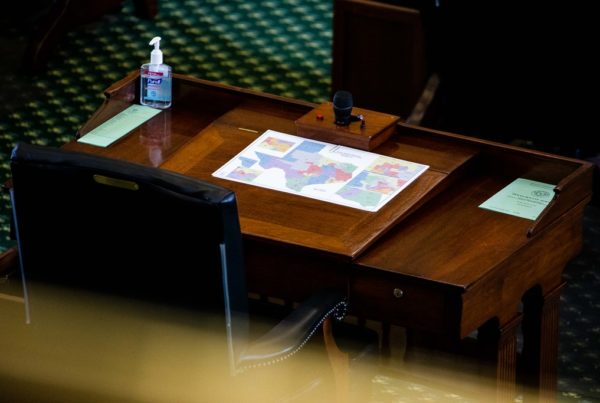Results from the 2020 census showed the majority of population growth in Texas over the last decade was among people of color. But new proposed political maps drawn by Republican members of the Texas Legislature do not acurately reflect that growth.
Michael Li, senior counsel for the liberal-leaning Brennan Center for Justice’s Democracy Program, says the new maps dilute the political power of urban areas and suburbs, where the number of Texans of color is greater, by dividing them up and joining them with more rural, conservative-leaning districts.
Listen to the interview with Li above or read the transcript below to learn more about why he argues areas of Texas have been “ruthlessly” gerrymandered to achieve conservatives’ political goals.
This interview has been edited lightly for clarity.















